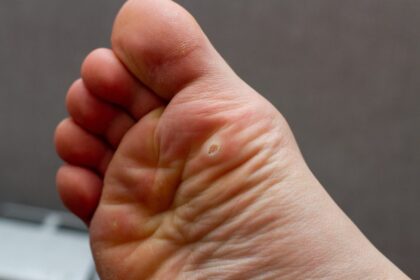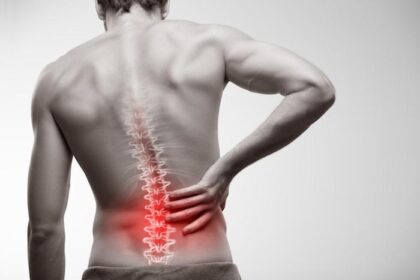Living with chronic pain affects millions worldwide, making daily activities, relationships, and enjoyment of life challenging. Pain management treatments offer practical solutions by addressing underlying causes and providing relief to enhance physical abilities and emotional well-being. With the right approach, you can take steps toward a more comfortable and active lifestyle.
Understand Pain Management Approaches
Treatment for pain management comes in various forms, tailored to address specific types of pain and individual needs. Medical professionals often combine multiple approaches to create personalized treatment plans tailored to each patient’s needs. Medication-based options range from over-the-counter pain relievers and prescription medications to targeted injections. These treatments can provide quick relief and help reduce inflammation that contributes to chronic discomfort.
Non-pharmacological approaches play a role in pain management. Physical therapy helps strengthen muscles, improve flexibility, and teach proper movement techniques to reduce strain on affected areas. Techniques such as cognitive behavioral therapy, relaxation exercises, and stress management strategies alter how the brain processes pain signals. Combining medical treatments with lifestyle changes often results in the most effective and sustainable pain relief.
Physical Benefits of Effective Management
When pain management treatments work effectively, you may notice significant improvements in your physical capabilities. Reduced pain levels often lead to better sleep quality, which allows your body to heal and recover more efficiently. Improved sleep also enhances your energy levels during the day, making it easier to participate in activities you enjoy.
Better pain control can increase your mobility and range of motion. You may find it easier to walk, climb stairs, or perform tasks that were previously difficult. This increased physical activity creates a positive cycle—movement helps strengthen muscles and joints while reducing stiffness that can worsen pain over time.
Many patients report that effective management allows them to return to hobbies and activities they had given up due to discomfort. Having better pain control opens up possibilities for more active living. It can also improve overall mental and emotional well-being, enhancing their quality of life.
Comprehensive Pain Management Plan
Creating a practical approach requires working closely with healthcare professionals who understand your specific needs and goals. Your treatment plan should address not only your pain symptoms but also the impact pain has on your daily activities and overall well-being.
Start by keeping a pain diary that tracks your symptoms, activities, and what helps or worsens your discomfort. This information helps your healthcare team understand patterns and develop targeted strategies. Be honest about how pain affects your daily life, including sleep, work, relationships, and activities you enjoy.
Explore multiple treatment options rather than relying on a single approach. Combining medical treatments with lifestyle changes, stress management techniques, and support from family or support groups often provides the best results. Remember that finding the right combination may take time, and what works for others may not work precisely the same way for you.
Move Forward with Better Management
Taking proactive steps toward treatment can significantly improve your quality of life. Healthcare professionals specializing in pain management can offer personalized options to address your needs. With the proper support and treatment plan, you can look forward to a more comfortable and active future.









